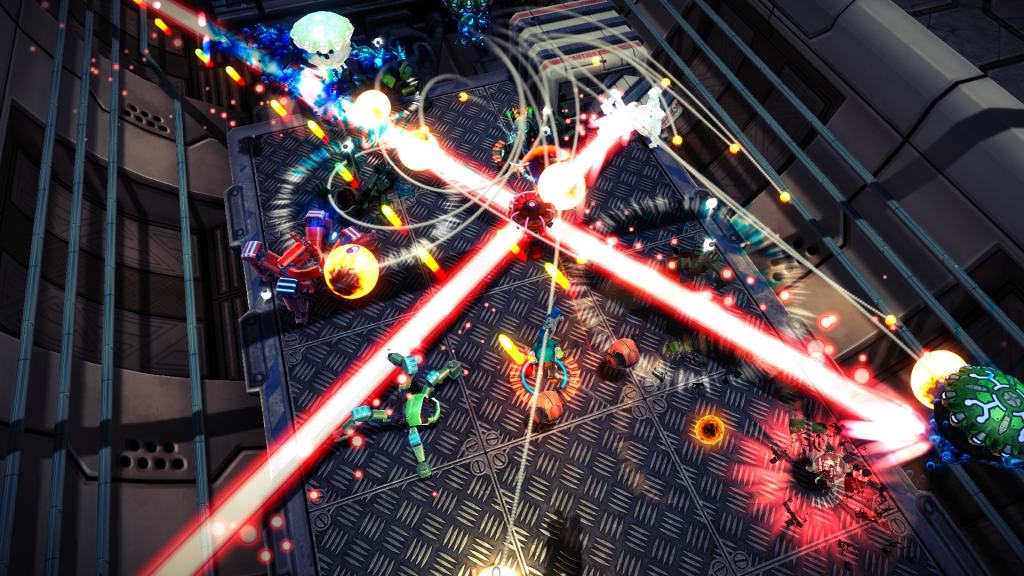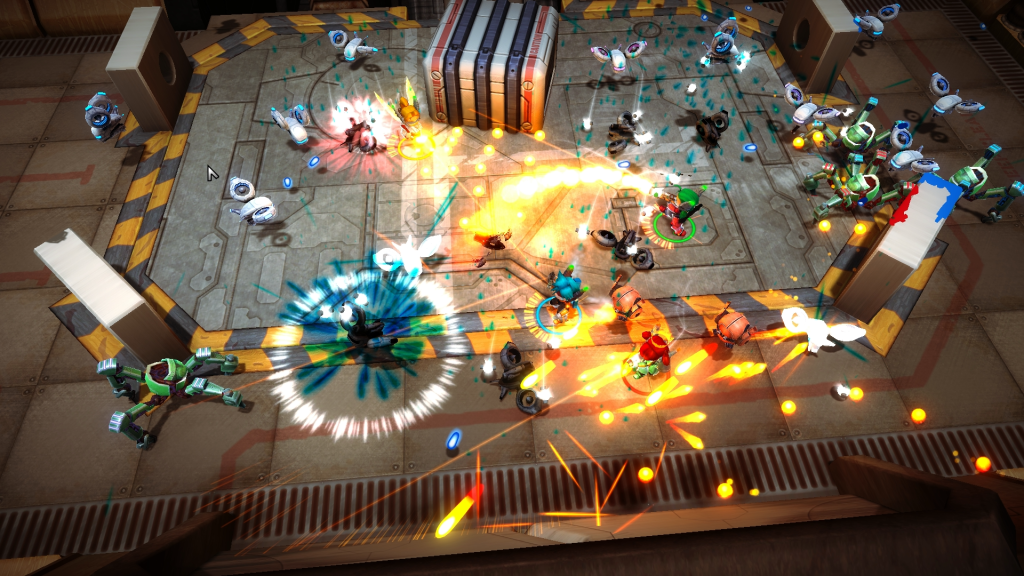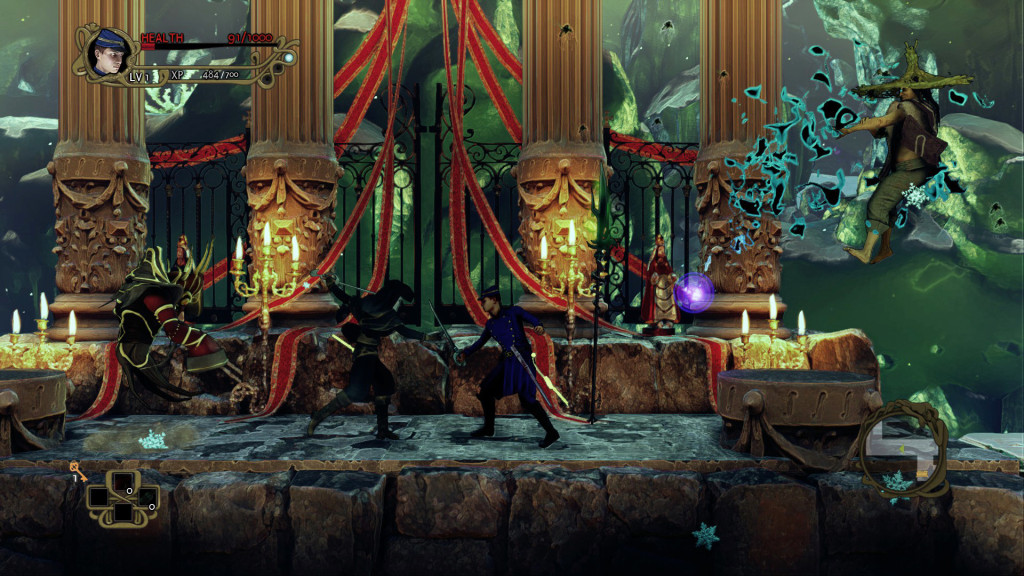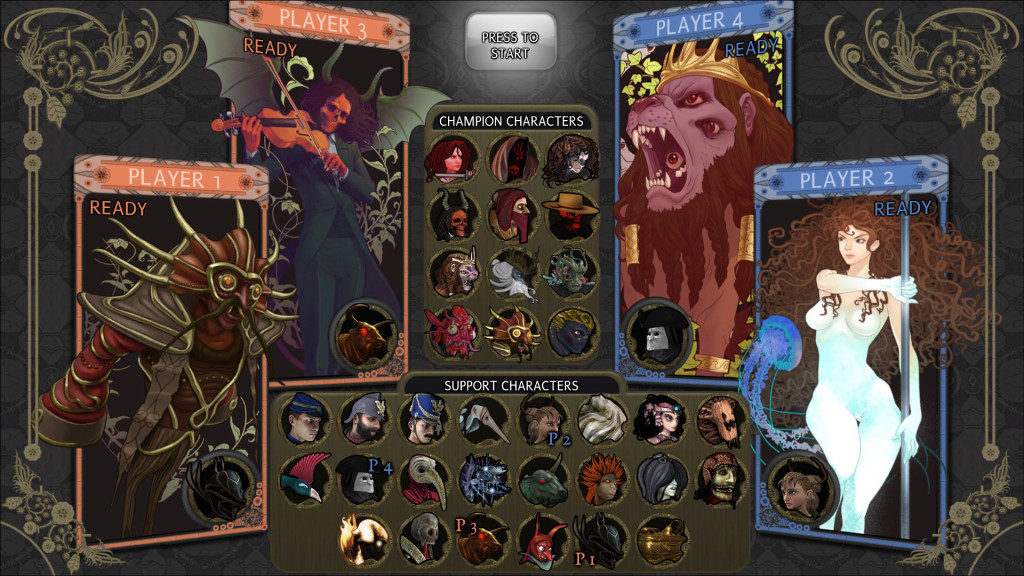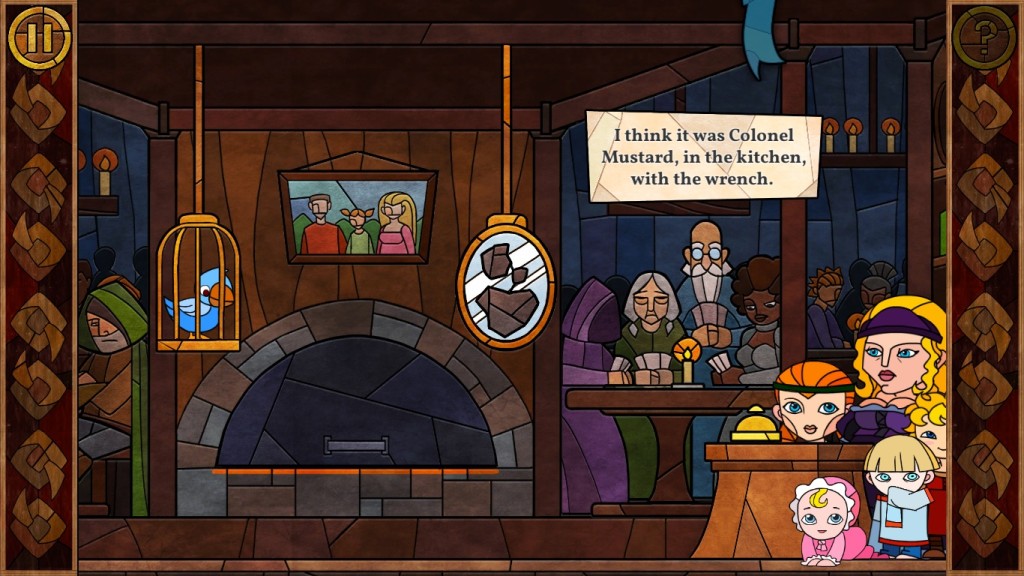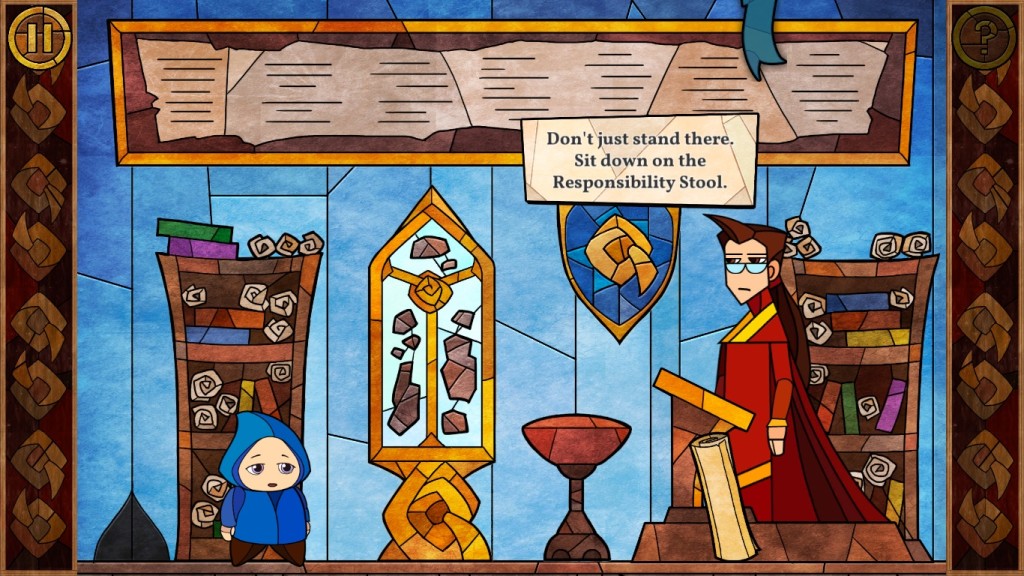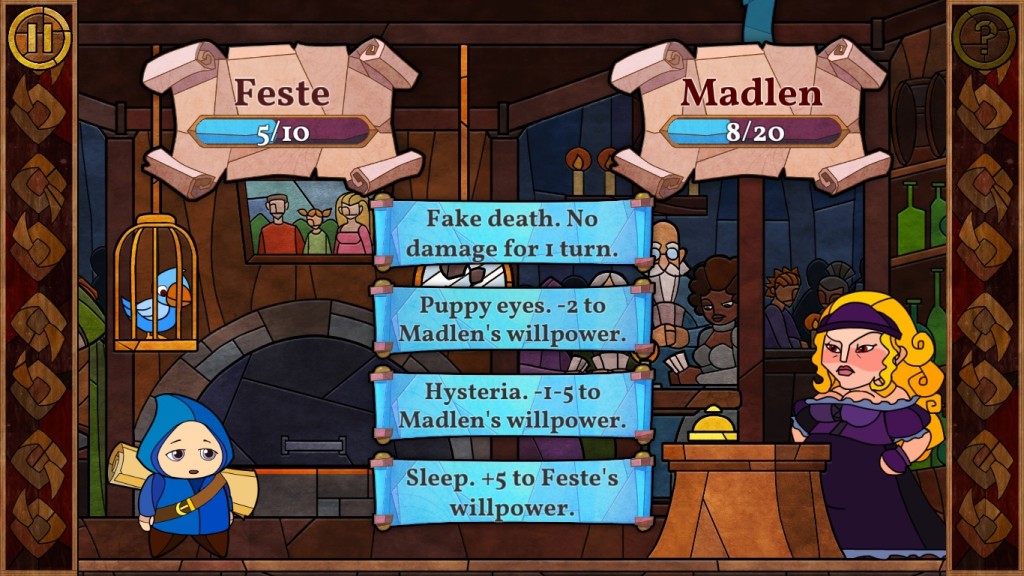Developer: Darkmire Entertainment | Publisher: Burgoon Entertainment || Overall: 8.5
Every now and then a game supersedes its intent to be “simply” a game, and illuminates itself as more of a personal sarcastic journal of one person’s journey through life. While Tom vs. The Armies of Hell is a well-designed, fun, twin-stick shooter with the sensibilities of a traditional 3rd person action beat-em-up game, it’s biting cynicism and lighthearted humor are by far its most shining aspect. I thoroughly enjoyed this game, and the only thing holding it back were its annoying bugs.
Through six levels, you’ll take control of normal office employee “Tom” as he deals with a situation gone awry at his office. While workplace violence is something to be mindful of, workplace-sinking-into-Hell might not be. The beginning of the game, which is also the game’s story trailer (as seen below), is actually quite hilarious and really sets the mood for what’s to come. While the cinematics and character portraits have a “Flash movie” art style to them, the in-game characters replicate their animated counterparts quite well, keeping a cartoonish look through most of the enemy designs that are quite unique.
The comedic point of the adventure really comes with using a normal everyday white dude who has a white collar job going around and killing hordes of demons with a gun that is powered by souls. You’ll be accompanied by Hell’s seeming-antagonist Beezle and Tom has no choice but to do what he says since he can’t go anywhere else (much like his normal office job). Tom vs. The Armies of Hell is full of ironic situations and comparisons to the real world like this, and is also full of inside jokes. The game became an outlet for the developer to unleash his experiences onto the world, and due to the comedic execution of the writing, it is all very funny. There is only voice acting during the cinematics, and not during the actual gameplay, however.
Tom vs. The Armies of Hell is actually quite difficult at times. If you aren’t lucky or don’t figure out the exact way to beat a boss, you’ll be attempting it over and over until you do. I personally encountered some game-breaking bugs that forced me to either restart the level or restart the game. It extended the play time considerably for me, but it was usually not that difficult to get back to where I was considering I knew how to kill the bosses up to that point. Enemy layouts are also randomized, but you’ll usually see the same ones pop up in particular places. There was only one or two times where the set of enemies spawning made it a lot harder than the second time through where the more annoying enemies didn’t spawn. Health is hard to come by, even on the easiest difficulty. I didn’t see much nominal difference between Normal and Easy, but the game was difficult enough on Easy for me. The last boss of the game can also be pretty cheap, and depending on if you have any upgrades available you’ll be in for a lot of “learning.”
Because the game is so short (I’d say max four hours without bugs ruining your day), you don’t earn many permanent upgrades like you may in a longer-form game. Temporary upgrades are found in chests and are an assortment of buffs, like bigger ammo capacity, more damage, armor, etc; these are lost on death/respawn. The one permanent upgrade is found on the second level where you are able to store a second type of ammo to switch to. Your main modes of attack are your gun and your demon arm given to you by Beezle. You’ll have to capture souls released by enemies with your gun and you’ll gain a limited amount of ammo to use that type. The gun ammo is quite diverse, including but not limited to a rapid fire gun, shotgun, flamethrower, frost, penetrating plasma, lightning, and the most unique being a radioactive explodey-laser. The demon arm is used for melee and as you hit more enemies, you’ll juice up your Energy bar. Holding the melee button after a combo will unleash a large hit, expending your Energy, and is your best way to kill enemies fast at the risk of getting hit. Finding purple demon shards (the game pretty much blatantly tells you it is demon’s fecal matter) will allow you to transform into a Demon and beat the crap out of everything around you while regaining health for the duration. Energy drops and health drops are also common sights, but Health drops are quite a bit rarer.
While the game wasn’t super difficult, it can be a bit of a challenge. The bugs are also strange; it feels like the game “forgets” to allow any Health drops at times, or a wall that stays up until you kill all enemies still stays up after you kill all enemies. If you somehow manage to bug the game out in a different way, you’ll also have to restart the level. For some reason when I continue a game from one of my older saves it doesn’t let me continue to any levels. This is quite possibly the worst thing that can happen as you’ll have to restart the whole game again if you don’t play in one go. While the developer appears to be quashing as many bugs as he can, this is an unfortunate side effect of a game that only has one person behind it.
Taking into account that Tom vs. The Armies of Hell is made by one person, the game is quite a marvel. The art is great, the gameplay is decent-to-good throughout, and the bosses/enemies are designed well and are diverse. The story is really funny and all of it makes for a quick, enjoyable experience.






















































































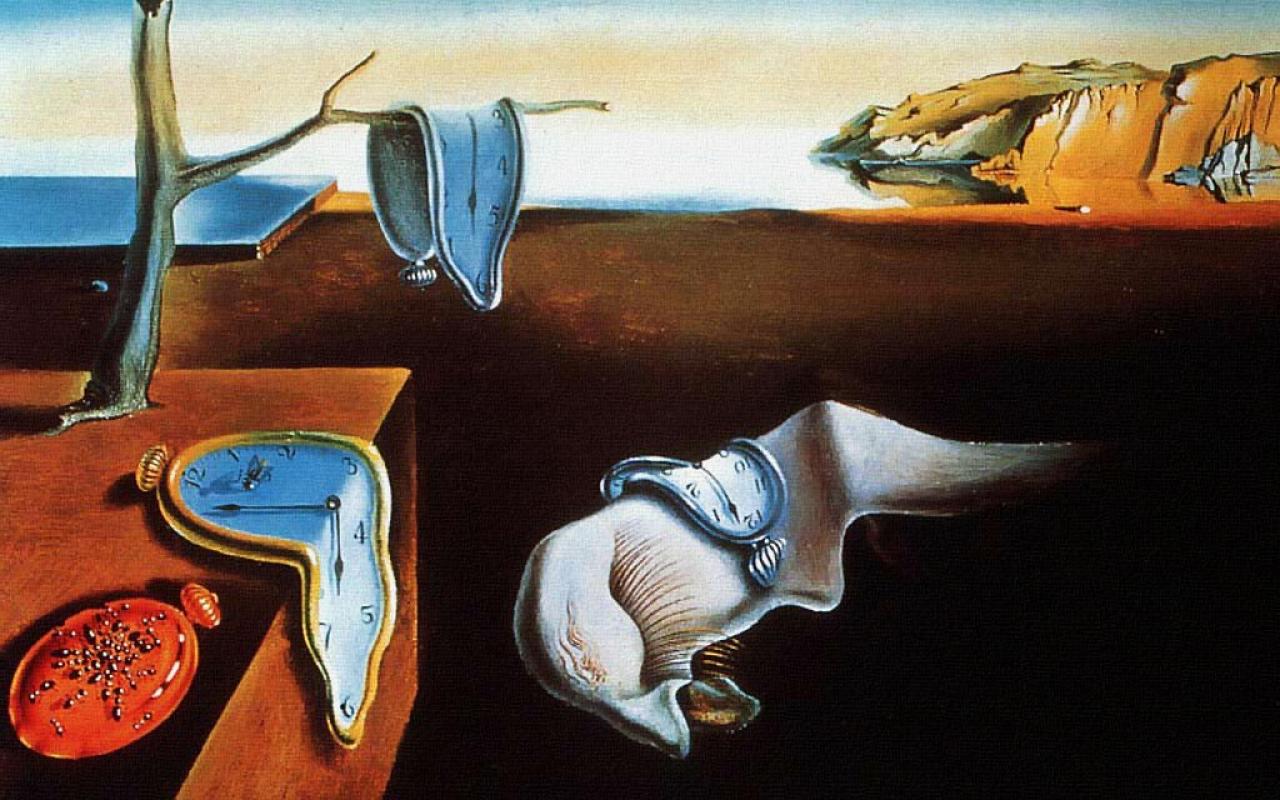
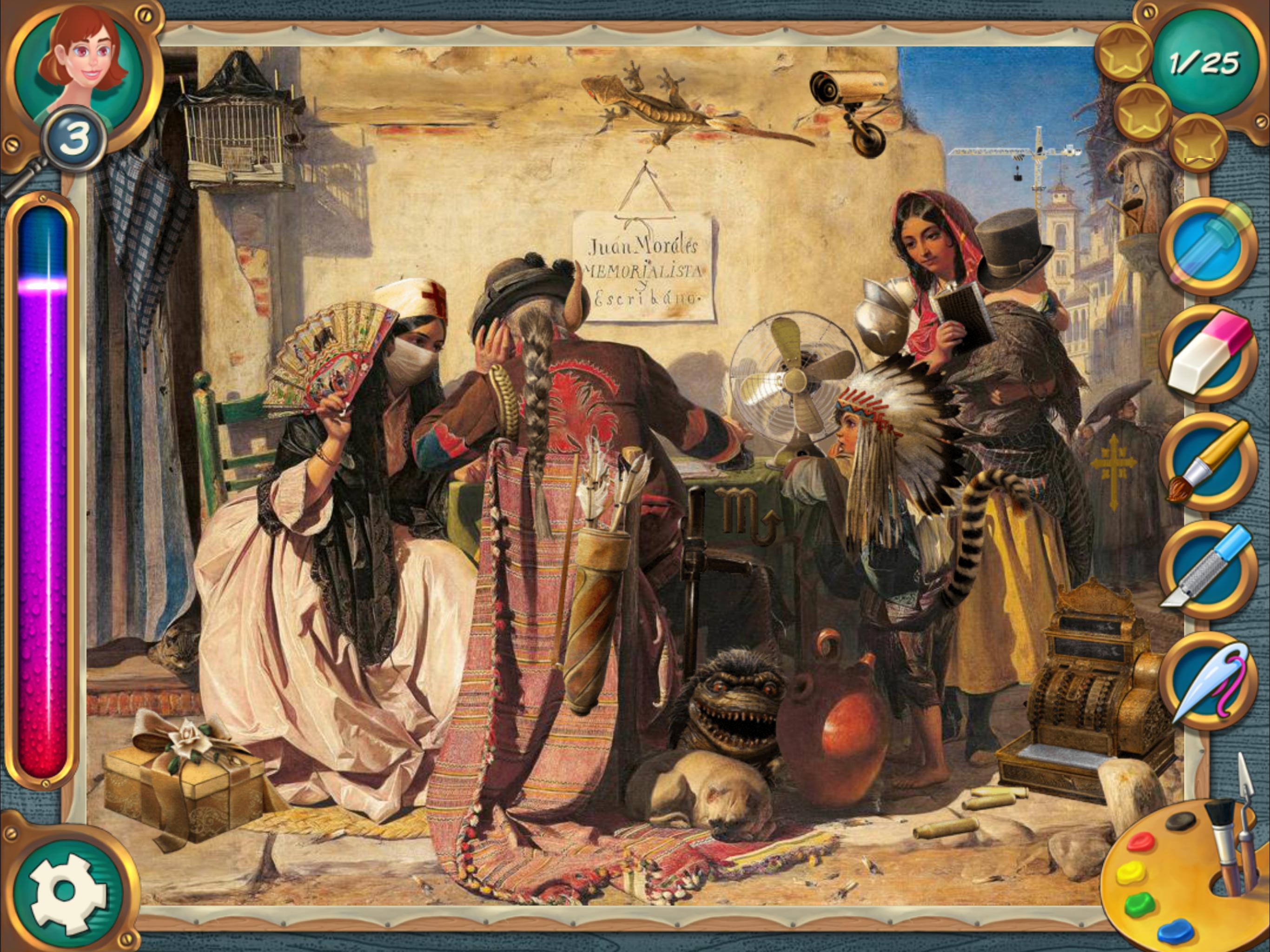
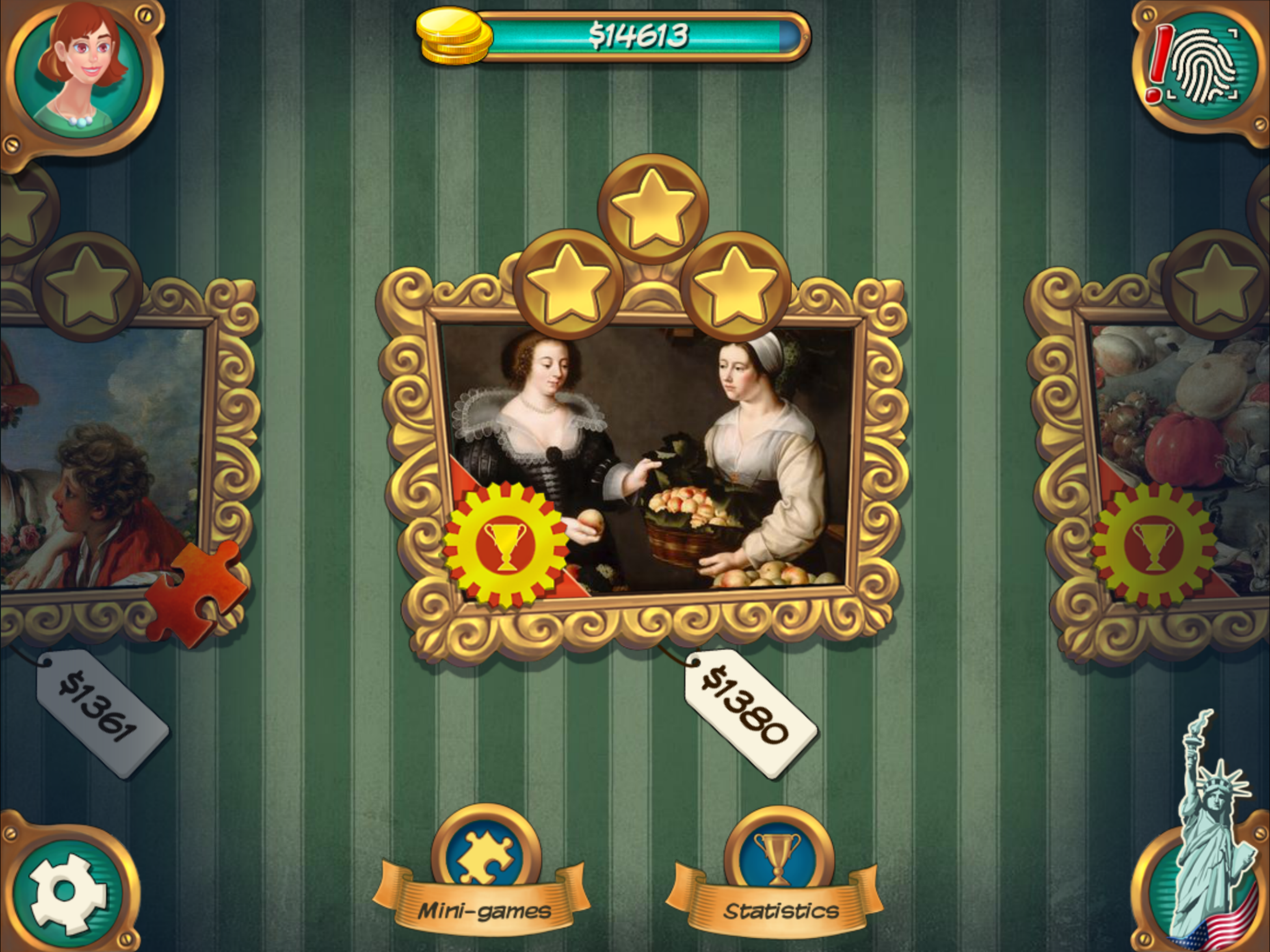

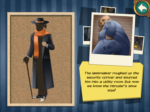

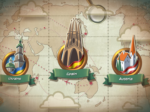






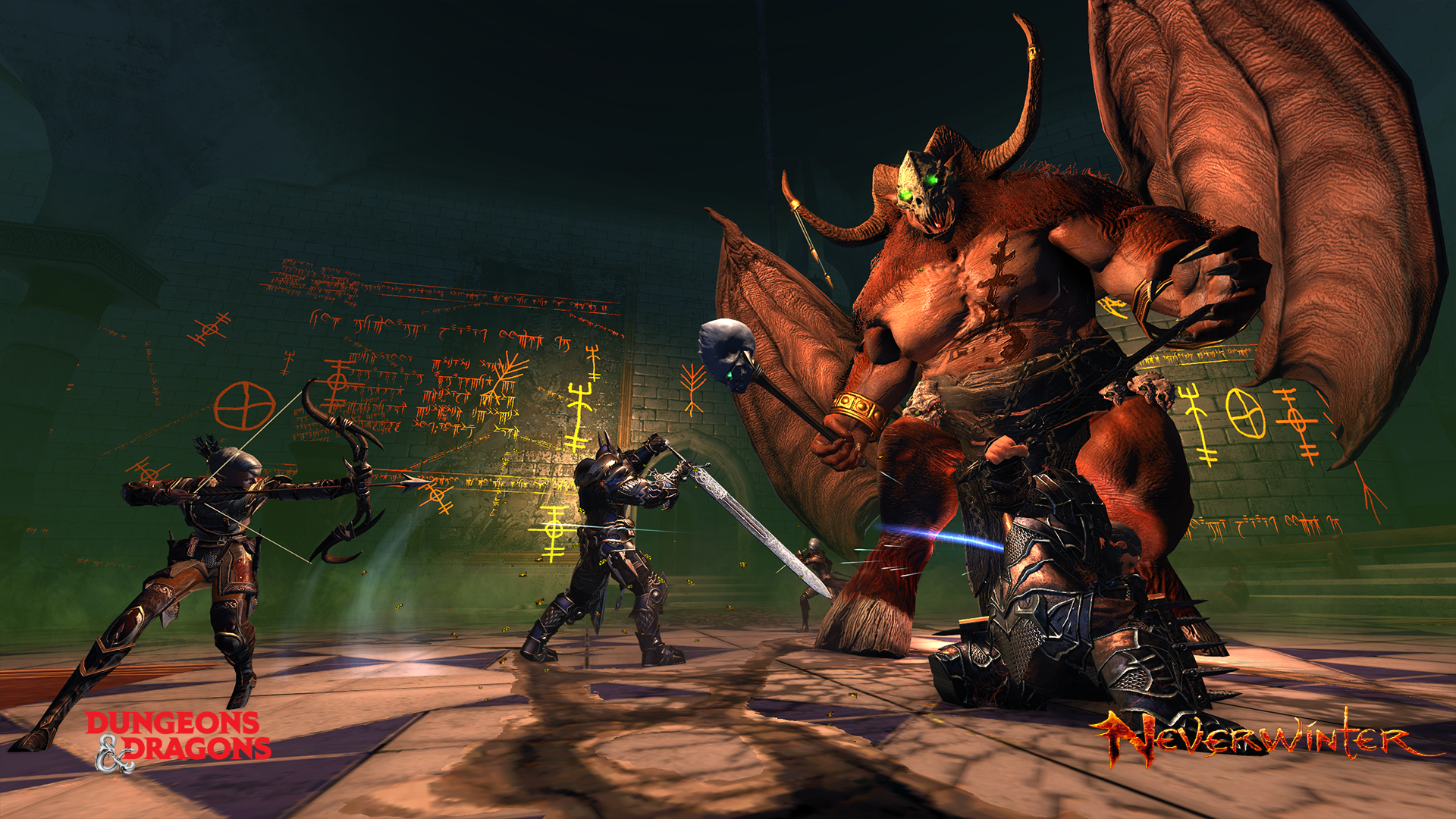













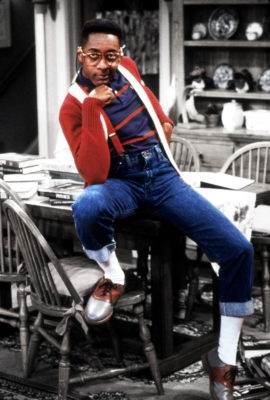

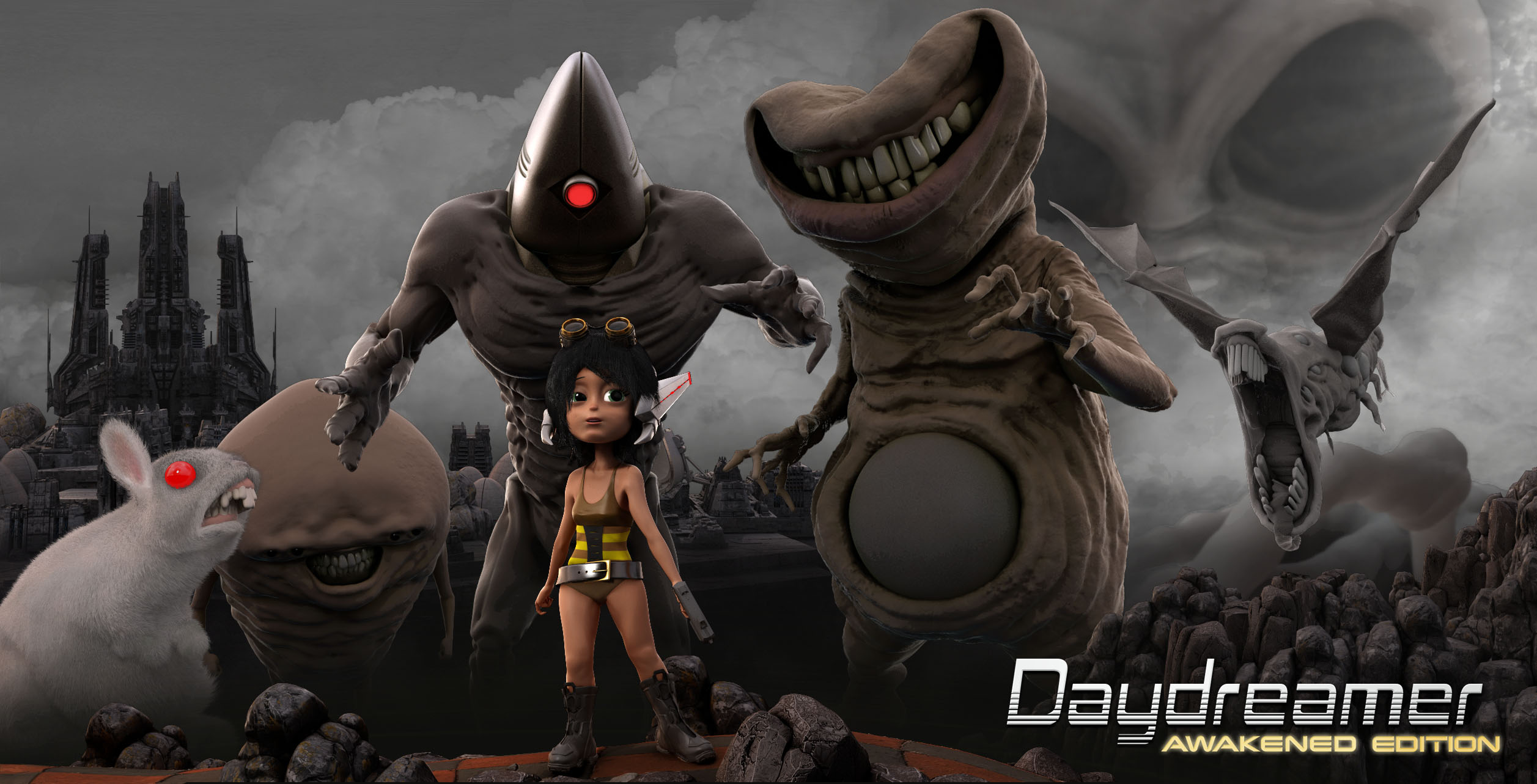

















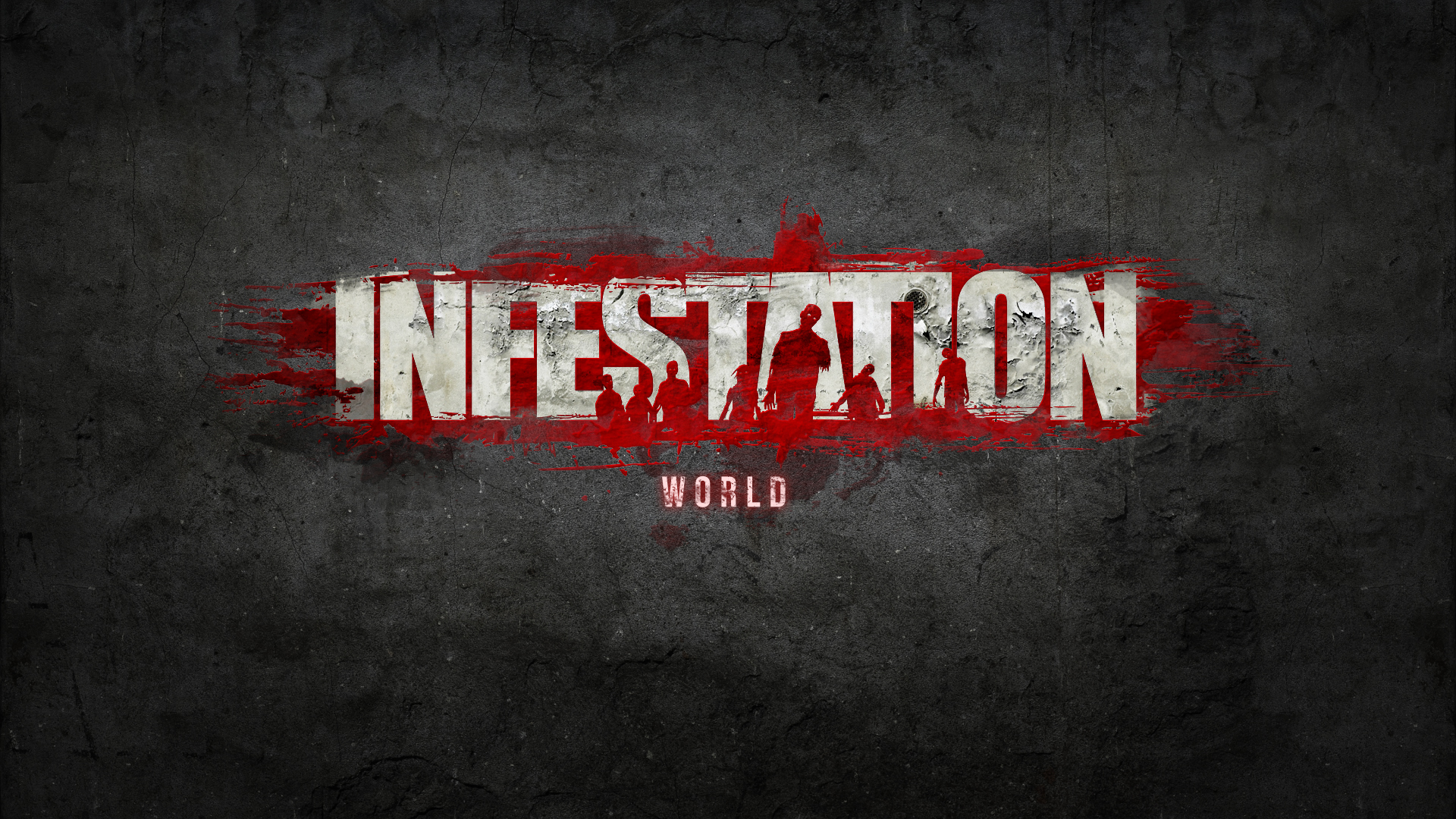
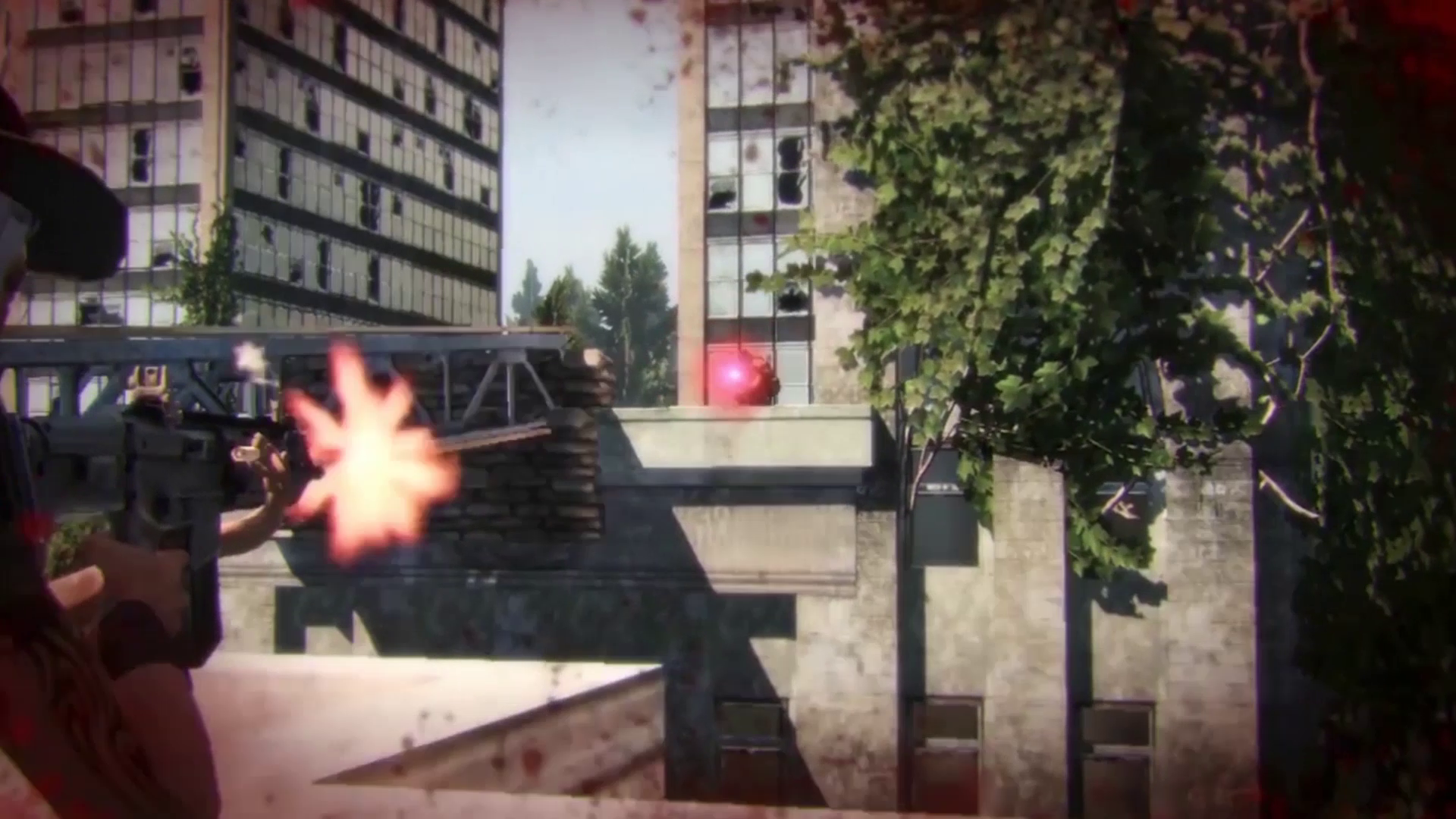 This is how social interaction works in Infestation World.
This is how social interaction works in Infestation World.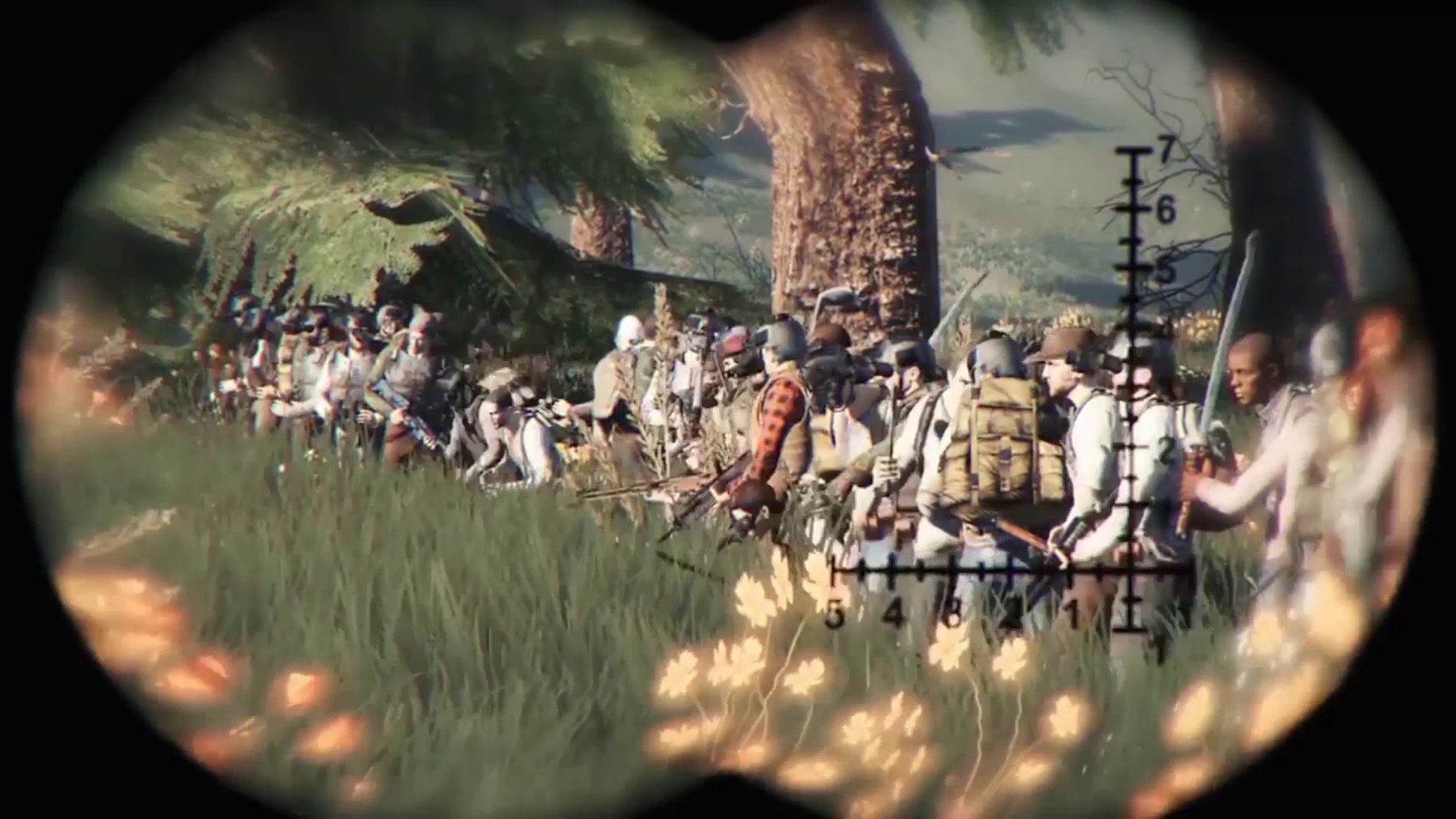 “Oh no! He talked about the games faults. Get him!”
“Oh no! He talked about the games faults. Get him!”















